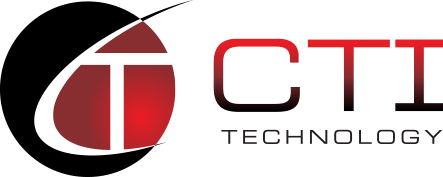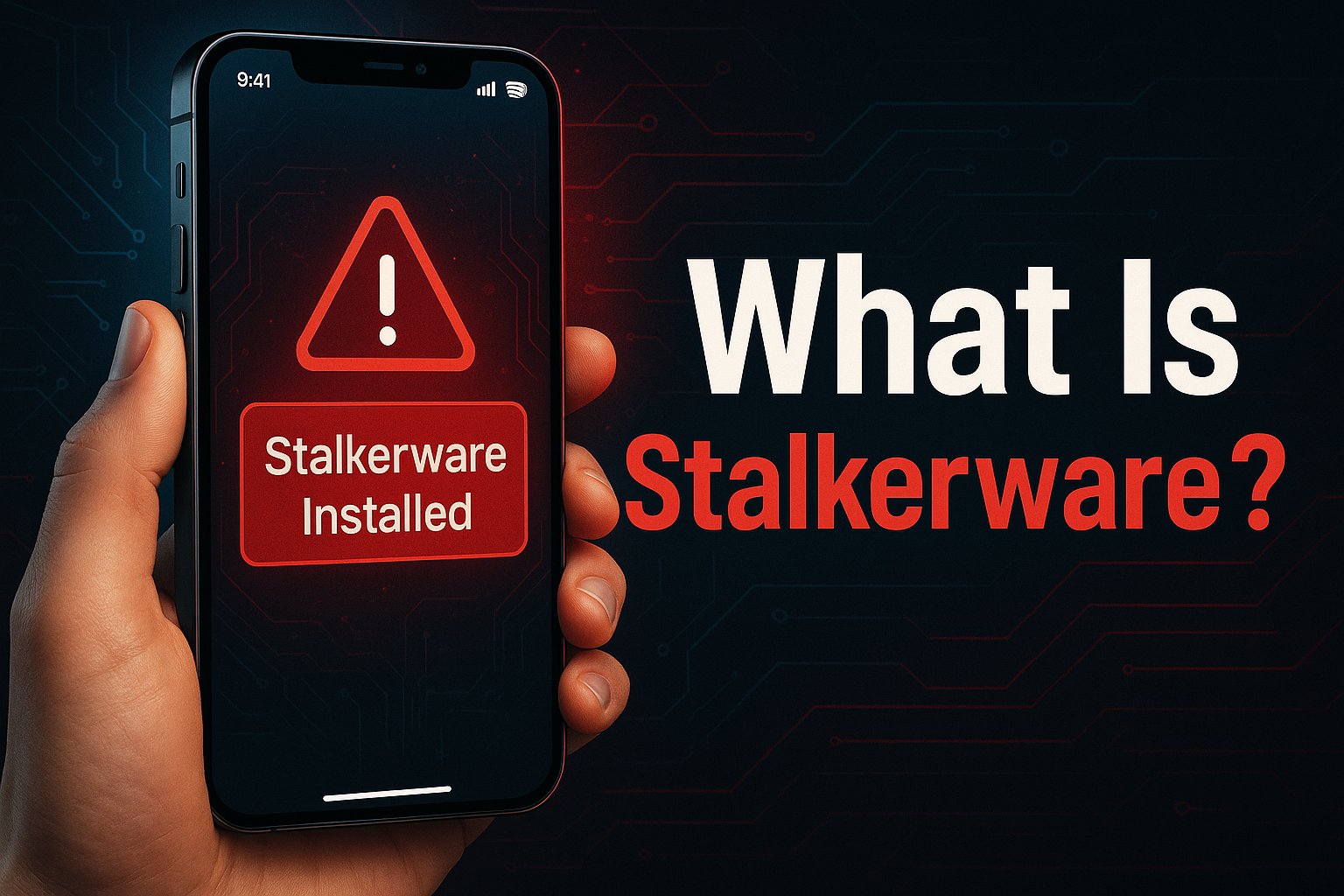The Top Cyber Security Concerns Facing Small Businesses Going Into 2025: Critical Threats to Address Now
Small businesses are increasingly becoming targets for cybercriminals. As technology evolves, so do the threats facing your company’s digital assets. By 2025, cyber-attacks are projected to cost the global economy $10.5 trillion annually, with small businesses bearing a significant portion of this burden.
Many small business owners underestimate their vulnerability, believing they’re too small to be targeted. This misconception leaves them particularly exposed. Cybercriminals often view small businesses as low-hanging fruit due to their typically weaker security measures and limited resources for cybersecurity.
Going into 2025, you must be aware of emerging threats like advanced IoT vulnerabilities and sophisticated AI-powered attacks. Protecting your business requires staying informed about these evolving risks and implementing robust security measures. It’s crucial to prioritize cybersecurity to safeguard your company’s future in an increasingly digital world.
Key Takeaways
- Small businesses face growing cyber threats due to limited resources and weaker security measures
- Evolving technologies bring new vulnerabilities that require constant vigilance and adaptation
- Implementing robust cybersecurity practices is crucial for protecting your business’s digital assets and future
Evolving Cyber Threat Landscape
The cyber threat landscape for small businesses is rapidly changing, with attackers employing sophisticated techniques to exploit vulnerabilities. You must stay vigilant and adapt your defenses to protect against these evolving threats.
Phishing and Social Engineering Attacks
Phishing attacks continue to grow in complexity and effectiveness. Cybercriminals are using AI-powered tools to craft highly personalized and convincing phishing emails. These messages often mimic legitimate communications from trusted sources, making them harder to detect.
You should be wary of business email compromise (BEC) attacks, where attackers impersonate executives or vendors to request fund transfers or sensitive information. Train your employees to recognize these threats and implement multi-factor authentication to prevent unauthorized access.
Deepfake technology is also being used in social engineering attacks. Attackers can create realistic audio or video impersonations of company leaders to manipulate employees. Establish strict verification protocols for any requests involving sensitive data or financial transactions.
Ransomware Tactics
Ransomware remains a significant threat, with attackers adopting new strategies to maximize their impact. Double extortion tactics have become common, where cybercriminals encrypt your data and threaten to leak it publicly if you don’t pay the ransom.
Ransomware-as-a-Service (RaaS) models have lowered the barrier to entry for cybercriminals, leading to more frequent attacks. These services provide pre-built ransomware tools and infrastructure, making it easier for even novice attackers to target small businesses.
To protect yourself:
- Regularly back up your data and store backups offline
- Keep all software and systems updated
- Implement network segmentation to limit the spread of ransomware
- Develop and test an incident response plan
Emerging Malware Variants
New malware variants are constantly being developed to evade traditional security measures. Fileless malware, which operates entirely in memory without leaving traces on the hard drive, is becoming more prevalent. This type of malware is particularly challenging to detect with conventional antivirus software.
Supply chain attacks are on the rise. Attackers compromise trusted software vendors to distribute malware through legitimate update channels. You need to carefully vet your software suppliers and monitor your systems for any unusual activity.
IoT malware is also growing in sophistication, targeting the increasing number of connected devices in small businesses. Ensure all IoT devices are adequately secured, regularly updated, and isolated from critical networks to minimize potential damage.


Data Security and Privacy
Small businesses face significant challenges in protecting sensitive data and meeting privacy requirements. Cybercriminals increasingly target smaller companies, while complex regulations demand robust data handling practices.
Data Breach Risks
Data breaches continue to rise, posing a severe threat to small businesses. You must know that 46% of cyber breaches impact companies with fewer than 1,000 employees. Malware attacks are particularly common, accounting for 18% of cyberattacks aimed at small businesses.
To mitigate these risks, consider implementing:
- Strong access controls
- Regular software updates
- Employee cybersecurity training
- Encrypted data storage and transmission
Be vigilant about phishing attempts and social engineering tactics, as these often serve as entry points for data breaches.
Regulatory Compliance Challenges
You face an increasingly complex regulatory landscape. Privacy laws like GDPR, CCPA, and emerging state-level regulations create significant compliance burdens.
Oregon’s new privacy law exemplifies this trend, affecting businesses that:
- Collect data from 100,000+ Oregon consumers
- Handle data from 25,000+ Oregon consumers and derive 25%+ of revenue from selling personal data
To navigate these challenges:
- Conduct regular privacy impact assessments
- Implement data minimization practices
- Establish clear data retention policies
- Maintain detailed records of data processing activities
Data Protection Strategies
Effective data protection requires a multi-layered approach. Start by classifying your data based on sensitivity and implementing appropriate security measures for each category.
Key strategies include:
- Encrypting sensitive data at rest and in transit
- Using multi-factor authentication for critical systems
- Regularly backing up data and testing restoration processes
- Implementing endpoint protection on all devices
Consider adopting a zero-trust security model, which assumes no user or device is trustworthy by default. This approach can significantly reduce your attack surface.
AI and generative AI technologies present both opportunities and challenges for data protection. While they can enhance threat detection, they also introduce new data exposure risks. Carefully evaluate AI tools before integration into your security infrastructure.
Network Security Concerns
Small businesses face significant network security risks as cyber threats continue to evolve. Protecting your digital infrastructure requires addressing vulnerabilities across systems, devices, and cloud environments.
Insecure Networks and Systems
Outdated software and weak configurations leave networks exposed to attacks. You must regularly update and patch all systems, including operating systems, applications, and firmware. You should also implement strong access controls with multi-factor authentication and least privilege principles.
Secure your Wi-Fi networks with WPA3 encryption and complex passwords. Segment your network to isolate sensitive data and limit the spread of potential breaches. Use firewalls and intrusion detection systems to monitor for suspicious activity.
Regular security audits help identify weaknesses before attackers can exploit them. Consider penetration testing to simulate real-world attacks and improve your defenses.
End-Point Vulnerabilities
Employee devices are common entry points for cybercriminals. Enforce endpoint protection on all company and personal devices used for work. This includes antivirus software, encryption, and mobile device management solutions.
Train your staff on security best practices like recognizing phishing attempts and using strong passwords. Implement email filters to block malicious attachments and links. Consider endpoint detection and response (EDR) tools to quickly identify and contain threats.
Regularly back up endpoint data to protect against ransomware and device loss. Establish clear policies for bring-your-own-device (BYOD) usage to maintain control over sensitive information.
Cloud Security Issues
As you adopt cloud services, new security challenges emerge. Carefully configure access controls and permissions to prevent data leaks. Use strong authentication methods and encrypt data both in transit and at rest.
Monitor your cloud environments for unusual activity and unauthorized access attempts. Implement cloud access security brokers (CASBs) to enforce security policies across multiple cloud services.
Ensure your cloud providers meet relevant compliance standards for your industry. Regularly review and update your cloud security settings as your business needs change. Consider using cloud security posture management tools to maintain visibility and control over your assets.
Resource and Knowledge Limitations
Small businesses face significant challenges in cybersecurity due to limited resources and expertise. These constraints make it difficult to implement comprehensive security measures and keep up with evolving threats.
Cybersecurity Skill Gap
The shortage of qualified cybersecurity professionals poses a major hurdle for small businesses. You may struggle to attract and retain skilled personnel due to competition from larger companies offering higher salaries and better benefits.
This skill gap leaves your business vulnerable to sophisticated attacks. Without in-house expertise, you might overlook critical security vulnerabilities or fail to respond effectively to incidents.
To address this issue, consider:
- Investing in training programs for existing staff
- Partnering with managed security service providers
- Utilizing automated security tools to supplement human expertise
Budget Constraints for Cyber Defense
Limited financial resources often force you to make difficult choices in allocating funds for cybersecurity. You may find it challenging to justify spending on security measures when facing other pressing business needs.
Tight budgets can lead to:
- Outdated software and hardware
- Inadequate network monitoring tools
- Insufficient employee training on security best practices
To maximize your cybersecurity budget:
- Prioritize essential security measures based on risk assessment
- Explore cost-effective cloud-based security solutions
- Consider cyber insurance to mitigate potential financial losses from breaches
By addressing these resource limitations creatively, you can enhance your cybersecurity posture despite constraints.
Developments in IoT and Smart Devices
The rapid growth of Internet of Things (IoT) devices presents new opportunities and challenges for small businesses. Connected devices can boost efficiency but also introduce vulnerabilities if not properly secured.
IoT Security Concerns
IoT devices often have weak authentication and authorization, making them easy targets for unauthorized access. Default or easily guessable passwords can allow hackers to compromise your network through IoT devices.
You need to be aware that many IoT devices lack robust security features. Manufacturers may prioritize functionality over security, leaving devices vulnerable to attacks.
The sheer number of connected devices complicates security efforts. By 2025, there could be over 75 billion IoT devices globally. This massive scale makes monitoring and securing every device on your network is challenging.
IoT systems have diverse use cases, each with unique risk considerations. You must assess the specific risks associated with using IoT devices in your business operations.
Keeping IoT devices updated is crucial but often difficult. Many devices lack easy upgrade paths, leaving them with outdated security as new threats emerge.
To protect your business, implement strong authentication, segment IoT devices on your network, and have a plan for securely updating and replacing devices as needed.
Supply Chain Threats
Supply chain attacks pose significant risks to small businesses. They target vulnerabilities in third-party relationships and software dependencies. These threats can compromise your business operations and data security through seemingly trusted channels.
Third-Party Vendor Risks
You face potential security breaches through your third-party vendors. Cybercriminals are increasingly targeting software vendors and managed service providers to gain access to multiple businesses simultaneously.
To mitigate these risks, implement regular third-party risk assessments. Evaluate your vendors’ security practices and ensure they meet your standards.
Establish clear security requirements in vendor contracts. This includes data handling procedures, breach notification protocols, and regular security audits.
Consider using a vendor risk management platform to monitor your suppliers’ security posture continuously. These tools can alert you to potential vulnerabilities in real time.
Software Supply Chain Vulnerabilities
Your business likely relies on various software products and services, each of which represents a potential entry point for attackers.
Cloud Access Security Brokers (CASBs) can help protect against software supply chain threats. These solutions provide visibility into cloud usage and enforce security policies.
Implement a robust patch management strategy. Promptly apply security updates to all software and systems to address known vulnerabilities.
Use software composition analysis tools to identify and manage open-source components in your software supply chain. These tools can detect known vulnerabilities in third-party libraries.
Consider adopting a zero-trust approach to software security. Verify and validate all software before allowing it to interact with your systems, regardless of its source.
Cybersecurity Best Practices
Implementing robust cybersecurity practices is crucial for small businesses to protect against evolving threats. These strategies focus on human elements, technological safeguards, and preparedness for potential incidents.
Employee Education and Awareness
Employee training is a cornerstone of effective cybersecurity. Conduct regular cybersecurity audits to identify areas where your team needs additional education. Teach staff to recognize phishing attempts, social engineering tactics, and the importance of strong passwords.
Incorporate cybersecurity topics into team meetings and communications to create a culture of security awareness. Encourage employees to report suspicious activities promptly.
Implement a clear bring-your-own-device (BYOD) policy to ensure personal devices don’t compromise your network security. Provide guidelines on safe internet usage and the handling of sensitive company data.
Proactive Security Measures
Embrace cloud services to leverage built-in security features and reduce the burden of managing complex security infrastructures. Ensure all software and systems are regularly updated with the latest security patches.
Implement multi-factor authentication across all accounts and systems. This simple step significantly reduces the risk of unauthorized access.
Use strong, unique passwords for each account, and consider a password manager for your organization. Encrypt sensitive data in transit and at rest to protect it from interception or theft.
Regularly back up your data and test the restoration process to ensure business continuity in case of a ransomware attack or data loss incident.
Incident Response Planning
Develop a comprehensive incident response plan that outlines the steps to take in case of a security breach. This plan should include roles and responsibilities, communication protocols, and containment and recovery steps.
Conduct regular drills to test your incident response plan and identify areas for improvement. Ensure all employees understand their roles during a security incident.
Establish relationships with cybersecurity professionals or managed service providers who can assist during a crisis. Keep their contact information readily available.
Consider cybersecurity insurance to help mitigate financial losses in case of a breach. Review and update your incident response plan regularly to address new threats and changes in your business environment.
Adaptation to Remote Work Environment
Remote work introduces new cybersecurity challenges for small businesses. The attack surface expands significantly as employees access company resources from various locations and devices.
Securing Remote Access
Implement multi-factor authentication for all remote access points to protect your business data. This extra layer of security helps verify user identities beyond just passwords.
Set up a Virtual Private Network (VPN) to encrypt data transmissions between remote workers and your company network. Choose a reputable VPN provider and ensure all employees use it consistently.
Update and patch all software and systems used by remote workers regularly. This includes operating systems, applications, and security tools. Automated updates can help maintain consistent protection across dispersed devices.
Establish clear remote work policies, define acceptable use guidelines for company devices and data, and educate your employees on best practices for securing their home networks and recognizing phishing attempts.
Consider implementing endpoint detection and response (EDR) solutions. These tools monitor remote devices for suspicious activities and potential security breaches, allowing for quick responses to threats.
Impact of Artificial Intelligence
Artificial intelligence is revolutionizing cybersecurity for small businesses. AI tools offer powerful capabilities to detect threats and bolster defenses but also present new risks as cybercriminals leverage the technology.
AI in Cyber Defense
AI-powered security tools can analyze vast amounts of data to identify threats more quickly and accurately than humans alone. You can use AI to detect anomalies and potential attacks in real time, enhancing your ability to respond swiftly.
Machine learning algorithms can adapt to evolving threats, helping you stay ahead of cybercriminals. AI can automate routine security tasks, allowing your team to focus on more complex issues.
However, AI also brings new challenges. Cybercriminals use AI to create more sophisticated phishing attacks tailored to your employees. You must invest in AI-aware training to help staff recognize these enhanced threats.
As AI becomes more prevalent, you must also consider your AI systems’ security. Protecting AI models and data from tampering or theft will be crucial to maintain your cybersecurity posture.
Why Is CTI Technology The Best Choice For IT Services In The Chicagoland Region?






















